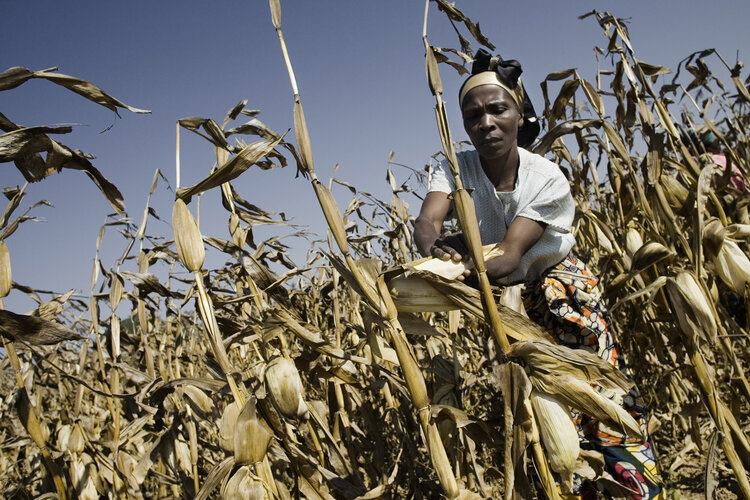
FAO has the important mandate of providing advice to its Member States on food, agriculture and the sustainable management of natural resources. The organisation also assists developing countries to increase agricultural production in a sustainable manner, improve the efficiency in the use of land and water, and optimise the use of forestry and fisheries resources. In addition, FAO is the UN custodian agency for 21 SDG indicators related to food and agriculture and is, therefore, responsible for reporting progress towards these goals.
Images and information derived from satellites orbiting Earth are important to monitoring, reporting and making evidence-based decisions and, in turn, ultimately achieve these SDG goals.
FAO’s Chief Statistician, Pietro Gennari, said, “Earth observation is a powerful instrument to support, either directly or indirectly, the monitoring of several SDG indicators at national and global levels.”
For example, FAO is a key partner of the 50x2030 initiative, which seeks to bridge the global agricultural data gap by transforming country data systems in 50 countries in Africa, Asia, the Middle East and Latin America by 2030. The aim is to integrate Earth observation methods to increase the efficiency and timeliness of these national statistical surveys. Through the Sen4Sat project, ESA works with FAO and pilot National Statistical Offices to develop innovative algorithms and Earth-observation products to achieve this aim.
“It is exciting to see how high-resolution observations from the Copernicus Sentinels can complement national agricultural statistics with in-season information on crop extent and status at 10 meter resolution and with national coverage,” added Benjamin Koetz, ESA Application Scientist.
Satellites can provide data to fill information gaps and contribute to improving national statistics, as well as support innovative data analytics based on synergies between field survey information and satellite observations.



